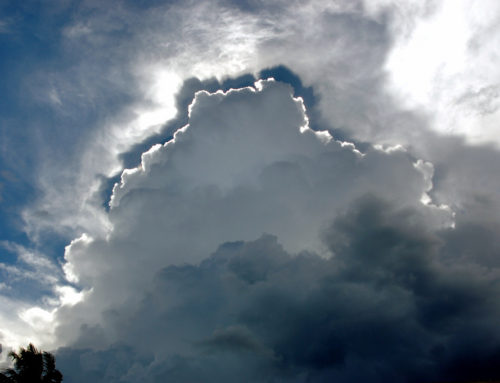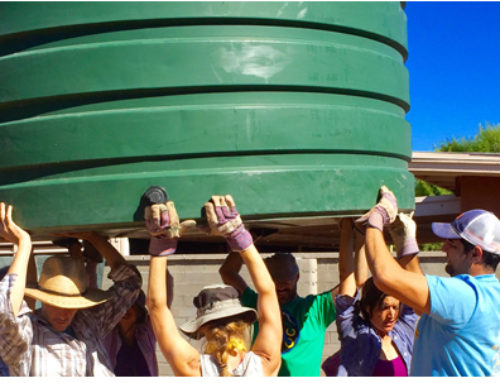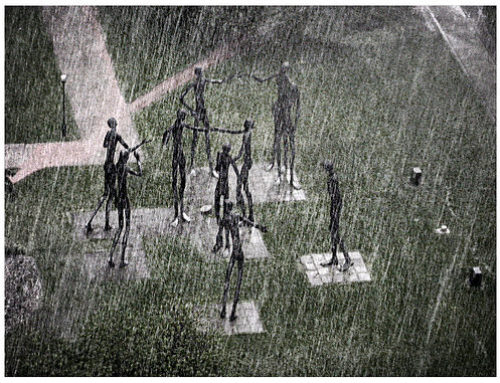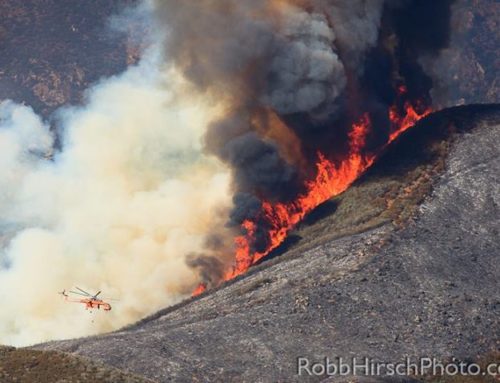(Special thanks to the staff of BSC, particularly Enrique Rodriguez, for their assistance in providing this information.)
Dear Water Users:
In response to many queries, here is an update on the State of California 2013 Plumbing code, applicable to residential, multi-residential and commercial use of rainwater and graywater.
As promised by July 1, 2013, the code has just been released by the two California State agencies tasked with managing the code rewrite, The Department of Housing and Community Development (HCD) and the Building Standards Commission (BCS). The new 2013 Plumbing Code can be purchased from the publisher here.
According to the Building Codes Standards Commission, there will also be a CD of the code released for sale sometime in the near future, also available on the publisher’s site.
While they were not sure of the date of release, BSC also agreed to put a link on the BSC website that links those inquiring to the publisher’s website where you can find the new 2013 Plumbing Code when it becomes available. I am assuming it will be located on this page, which contains current codes.
For those not desiring to purchase the new code, the strike through versions that led to the final code are also available. Both HCD (residential, multi-residential) and BSC (commercial) have varying versions on their sites. Once BSC provides a link to the publisher, it will be easier to know what is in the finalized plumbing code without large expenditure for a hard copy.
HCD: http://www.documents.dgs.ca.gov/bsc/prpsd_chngs/documents/2012/BSC-05-12-ET-Pt5-Final.pdf
BCS: http://www.documents.dgs.ca.gov/bsc/prpsd_chngs/documents/2012/BSC-04-12-ET-Final.pdf
For a previous March update on the code that includes comments made by Graywater Action, please visit this page.
Thanks to those at HCD and BSC who worked to develop this new code.
As an add-on to this update, and in light of the recent announcement that California is experiencing severe drought over 92.61% of the state (don’t let anyone tell you we are not in a water crisis in this State), we at Wholly H2O would like exemplify other graywater codes and laws in place nationally and internationally, as comparisons can be very informative. Given the impacts of climate change on our water supplies and their quality, and recurring drought conditions, water reuse is rising to the top list of actions that must be adopted. Tucson, as a city, and Australia, as a country, exemplify adoption of graywater for multi-purpose use, including the demand for graywater stubouts and drains into building codes for all future contruction.
Tucson’s “Residential Gray Water Ordinance”
Tucson, a city with an average annual rainfall of 12 inches, whose major water supply is the Colorado River, is taking appropriate measures to safeguard it’s water supply with aggressive inclusion of onsite nonpotable reuse, rainwater and graywater technologies.
In September 2008, the City of Tucson adopted Local Ordinance 10579, which requires new construction to include required plumbing features and stubouts that enable standardized graywater harvesting.
State of New Mexico
The State of New Mexico does not require a permit for systems under 250 GPD, as long as the state guidelines for safe use of graywater are followed.
Australia
Working from Dr. Ryan Cahill and Dr. Jay Lund’s excellent report, Residential Water Conservation in Australia and California, we can also gather an overview of practices in water-strapped Australia by reviewing a few of their Territories codes and laws.
Australian Capitol Territory
Graywater reuse in ACT can be sourced from bathroom shower, bathtubs and sinks and from laundry water. Kitchen graywater reuse is not recommended. The guidelines indicate that graywater can be reused in
· outdoor subsurface irrigation
· covered drip irrigation
· surface irrigation
· toilet flushing
· laundry use
· car washing
New South Wales
· Manual bucketing where small quantities of water are collected from either the washing machine or the shower in a bucket for reuse outside on gardens or lawns
· From washing machine, and bathroom sink, shower and tub for subsurface irrigation.
· toilet flushing
· washing machines
· gardens and lawns.
· Council approval and a licensed plumber is required to install the system.
Western Australia
With a properly installed disinfection and filtration system, graywater can be used for
· Sub-surface ground irrigation
· above ground irrigation
· toilet flushing
· clothes washing
As you can see via example, there are further steps to take in the adoption of graywater here in California. New systems, filtration, and even heat capture and reuse are available and also under development for this purpose. (See Nexus eWater, as an example technology.)
Those who consider graywater an important strategy for potable water savings and groundwater recharge, as well as reduction of need for increased capacity of blackwater treatment facilities (aka, waste treatment plants), may consider continuing to push local jurisdictions to adopt more progressive building codes to include dual plumbing for rainwater and graywater reuse as well as stubouts and drains for graywater. Let’s bring localized water management to the next level in California, where our water supplies are overtapped and ecosystems undernourished.
Elizabeth Dougherty
Director
Wholly H2O







